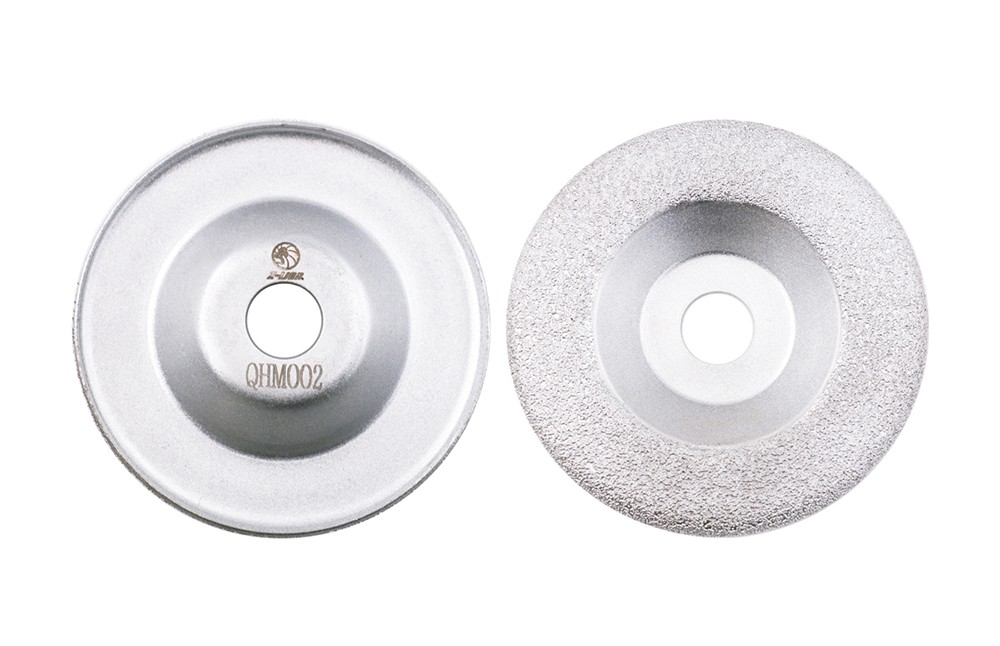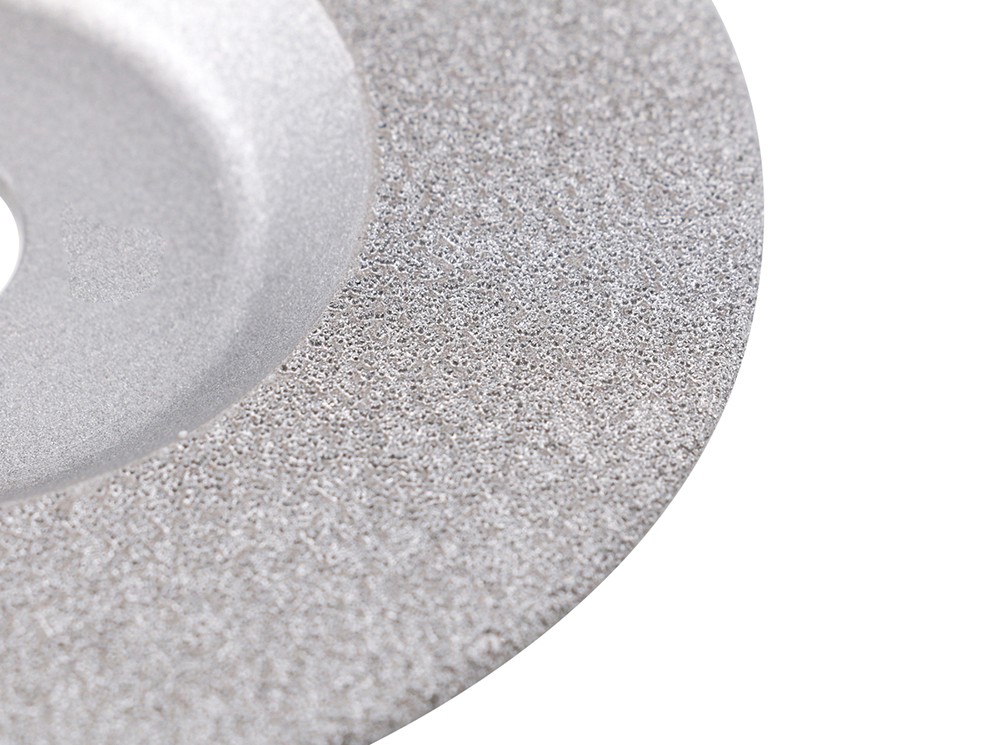
Introduction to Diamond Grinding Wheels: A Revolution in Grinding

Tools Grinding wheels are essential tools in all walks of life, helping to cut and shape different materials. Traditionally, abrasive materials such as silicon carbide or aluminum oxide have been used to make grinding wheels. However, with the advancement of technology, a new type of grinding wheel, the diamond grinding wheel, has emerged.
The diamond grinding wheel is a round bonded abrasive tool, which is characterized by the use of diamond abrasives as raw materials. Unlike traditional grinding wheels that rely on man-made materials, diamond grinding wheels take advantage of the extraordinary hardness and abrasive properties of diamonds. Their outstanding durability and efficiency for grinding tasks have made them popular in industries such as manufacturing, construction, and automotive. The structure of diamond grinding wheels makes them different from traditional grinding wheels. Typically, they consist of three main layers: a diamond abrasive layer, a transition layer, and a substrate.
The diamond layer, also known as the working layer, is the part of the wheel that performs the grinding action. It consists of diamond abrasives, bonds, and fillers to ensure efficient and precise material removal. The transition layer or non-diamond layer plays a key role in connecting the diamond layer to the substrate. It consists of binders, metal powders, and fillers that provide the wheels with the necessary adhesion and stability during operation. The substrate acts as the foundation of the wheel, accepting and supporting the abrasive layer. When in use, it is firmly clamped to the spindle of the grinding machine by the flange. Metal bond diamond grinding wheels are generally based on steel and alloy steel powder, while resin bond diamond grinding wheels are based on aluminum alloy and bakelite. The quality and precision of the substrate greatly affect the final performance and life of the grinding wheel.
Diamond grinding wheels offer numerous advantages over conventional grinding tools. Their extraordinary hardness allows them to cut through the toughest materials with ease. They remove material faster, reduce downtime, and achieve an excellent surface finish. Plus, their longevity reduces the need for frequent replacements, saving businesses time and money.
As the industry continues to demand high precision and high efficiency, diamond grinding wheels are expected to play an important role in shaping the future of abrasive tools. The unique combination of diamond abrasive, transition layer, and strong substrate ensures unrivaled performance in grinding operations. Whether shaping metals, ceramics, or other materials, diamond grinding wheels prove to be game changers. With continuous research and development, experts are constantly exploring new ways to improve the design and efficiency of diamond grinding wheels. Therefore, the industry can look forward to continuous advancements in grinding technology to further increase productivity and quality in their respective fields.
A key advantage of diamond grinding wheels is their high wear resistance. Unlike their conventional counterparts, these grinding wheels exhibit minimal wear during grinding. The size, shape, and sharpness of the diamond grit also vary minimally, making it ideal for high-precision machining. This unique combination of efficiency and precision has made diamond grinding wheels indispensable in many industries. The ability of diamond grinding wheels to maintain the sharpness of their abrasive grains for a long time further improves precision. This feature ensures that cutting performance remains excellent, resulting in minimal grinding forces during operation. As a result, less grinding power is required, saving energy and increasing efficiency.
In addition, diamonds' excellent thermal conductivity plays a crucial role in the performance of these grinding wheels. The ability to dissipate heat efficiently prevents common problems such as workpiece burns, cracks, and chips. Ultimately, this improves the overall quality of the workpiece surface, ensuring a high-quality finished product.

As industries continue to demand greater precision and efficiency in their manufacturing processes, diamond grinding wheels are becoming an integral part of it. Manufacturers, construction companies, and others are recognizing the enormous value of these superhard abrasives. The life, precision, and energy-saving properties of diamond grinding wheels are changing the way materials are formed and processed. Research and development work is ongoing to further optimize the design and performance of diamond grinding wheels. As technology continues to advance, industries can expect greater productivity and efficiency gains, which in turn foster greater innovation and growth. In short, the diamond grinding wheel belongs to a special superhard abrasive tool, and its performance has considerable advantages over ordinary grinding wheels. Their unrivaled hardness, high wear resistance, and thermal conductivity make them indispensable for grinding challenging materials and achieving exceptional precision. As the demand for high-quality, precision machining increases, diamond grinding wheels will undoubtedly play a pivotal role in shaping the future of various industries.
-
Online service
-
Official wechat
account
-
QQ:40933769
-
E-mail:
sales@z-lion.com
Online service
Please feel free to give your inquiry in the form below. We will reply you in 24 hours.

